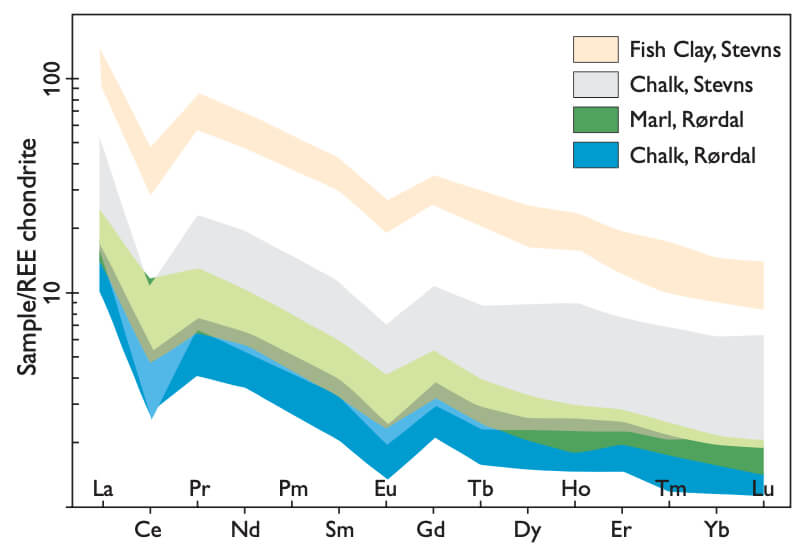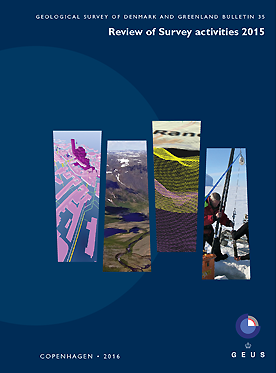
How to Cite
Share
Abstract
The chemical composition of chalk and marl reflects the mixture of carbonate particles and clastic input deposited on the seabed together with growth of authigenic minerals and diagenesis. The Rørdal quarry in Jylland (Fig. 1) is known for its alternating chalk–marl succession (Surlyk et al. 2010) and the aim of this article is to investigate how this cyclicity is reflected in the geochemical signature of the sequence and test if this has implications for the interpretation of the depositional environment as well as the chemostratigraphy in the chalk.
How to Cite
Share
Copyright (c) 2016 Christian Knudsen, Bodil W Lauridsen

This work is licensed under a Creative Commons Attribution 4.0 International License.
Downloads
Editors Adam A. Garde, Ole Bennike, Kristine Thrane and W. Stuart Watt
This issue of Review of Survey Activities presents a selection of 24 papers reflecting the wide spectrum of current activities of the Geological Survey of Denmark and Greenland, from the microscopic to the plate-tectonic level.
The Survey’s activities in Denmark are illustrated [...]









